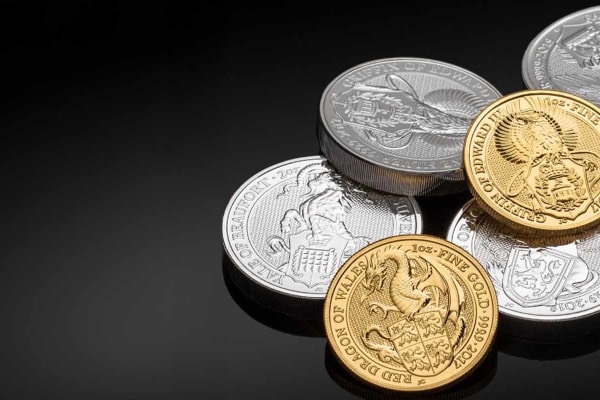
What is the Boiling Point of Gold?
Gold Insights: Exploring the Science Behind the Shine

Although many measurements from the beginning of the metric system have adapted to adjustments and changes, the Troy Ounce remains a standard measurement among those in the gold trade. When you hear or see descriptions of ounces in relation to gold, you can assume that it is the Troy Ounce and not a standard (Imperial) Ounce that is being used.
The Troy Ounce is used as a standard measurement that is shared among anyone that deals with the purchasing and manufacture of anything related to gold. The Troy Ounce is part of a larger measurement system for precious metals that is known as Troy weights. A regular Ounce is comprised of 28.35 grams. A Troy Ounce, however, is comprised of 31.1034807 grams. As you can see, there isn’t much of an overall difference between the two types of Ounces, but when it comes to gold weight, that extra 2 or 3 grams affects the size of the finished product. If you were to compare a piece of jewellery, like a ring, that weighed a standard Ounce and one that weighed a Troy Ounce the latter ring would be slightly bigger or thicker.

Gold Insights: Exploring the Science Behind the Shine

A detailed, UK-focused guide exploring the strengths, risks, and roles of gold and silver in investment portfolios. Learn how each metal performs in times of economic uncertainty, how VAT affects your choices, and what historical and industrial trends mean for future value.

From quiet rivers to hidden valleys, discover the timeless thrill of gold panning - where patience, persistence, and a single pan can turn an ordinary day into something extraordinary.